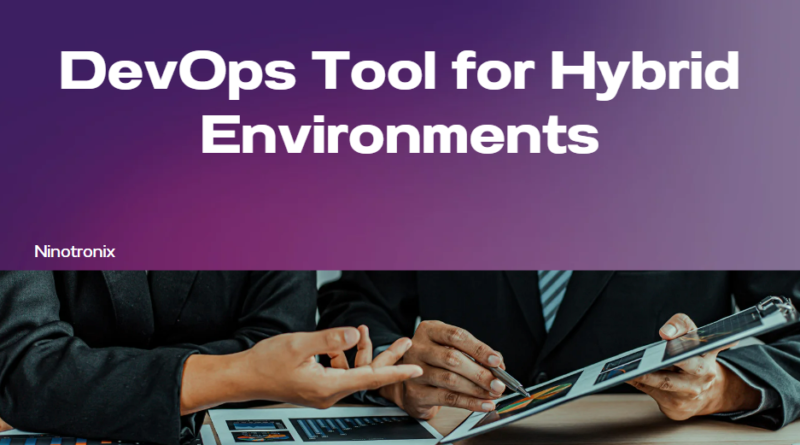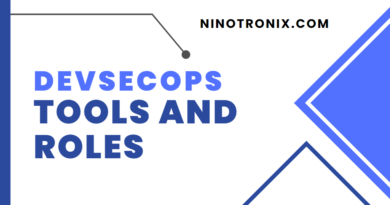DevOps tools for Hybrid Environments: Managing On-Premises and Cloud Deployments
DevOps is a software development methodology that emphasizes collaboration, communication, and automation between development and operations teams. One of the main challenges in DevOps is managing hybrid environments that combine on-premises and cloud deployments. In this article, we will discuss DevOps tooling for hybrid environments and how it can help manage on-premises and cloud deployments effectively.
- Infrastructure-as-Code (IaC) tools: IaC tools enable teams to manage their infrastructure as code, allowing them to define and automate the deployment and configuration of infrastructure resources across on-premises and cloud environments. Examples of IaC tools include Terraform, CloudFormation, and Ansible.
- Continuous Integration/Continuous Deployment (CI/CD) tools: CI/CD tools automate the testing, building, and deployment of code changes, ensuring that software is released quickly and reliably. CI/CD tools are critical in hybrid environments to ensure that code changes are deployed seamlessly across on-premises and cloud environments. Examples of CI/CD tools include Jenkins, GitLab, and CircleCI.
- Containerization tools: Containerization tools enable teams to package and deploy applications as containers, ensuring that they can be run consistently across on-premises and cloud environments. Containerization tools are particularly useful in hybrid environments because they enable teams to run applications across different operating systems and cloud platforms. Examples of containerization tools include Docker, Kubernetes, and OpenShift.
- Configuration management tools: Configuration management tools enable teams to manage the configuration of their infrastructure resources, ensuring that they are consistent across on-premises and cloud environments. Configuration management tools are critical in hybrid environments because they enable teams to manage complex environments with multiple configurations across different platforms. Examples of configuration management tools include Chef, Puppet, and Salt.
- Monitoring and observability tools: Monitoring and observability tools enable teams to monitor the performance and availability of their applications and infrastructure resources across on-premises and cloud environments. Monitoring and observability tools are essential in hybrid environments because they enable teams to detect and troubleshoot issues quickly, ensuring that applications are running smoothly. Examples of monitoring and observability tools include Prometheus, Grafana, and Datadog.
- Cloud management platforms: Cloud management platforms enable teams to manage and orchestrate their cloud resources across multiple cloud providers. Cloud management platforms are critical in hybrid environments because they enable teams to manage their cloud resources consistently across different
platforms, ensuring that they are using their cloud resources effectively. Examples of cloud management platforms include CloudBolt, Scalr, and Cloudify. - Security and compliance tools: Security and compliance tools enable teams to ensure that their applications and infrastructure resources are secure and compliant with regulatory requirements across on-premises and cloud environments. Security and compliance tools are critical in hybrid environments because they enable teams to manage complex security and compliance requirements across different platforms. Examples of security and compliance tools include Aqua Security, Twistlock, and Sysdig Secure.
In summary, DevOps tooling for hybrid environments is critical in managing on-premises and cloud deployments effectively. Infrastructure-as-Code, Continuous Integration/Continuous Deployment, Containerization, Configuration management, Monitoring and observability, Cloud management platforms, and Security and compliance tools are some of the essential tools that teams can use to manage their hybrid environments effectively. By leveraging these tools, teams can automate the deployment and configuration of their infrastructure resources, ensure that their applications are running smoothly, and manage complex security and compliance requirements across different platforms.




